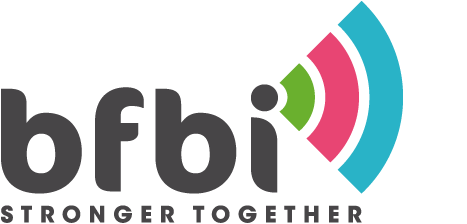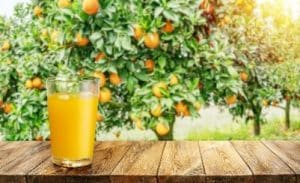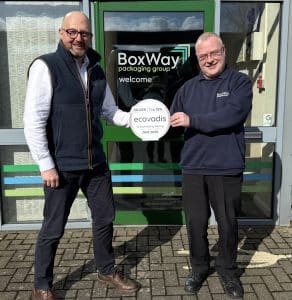In 2021, the Packaging Industry was not only plagued by the pandemic but faced additional pressures. In this round-up, wE consider some of the big issues of the past year.
1. Supply issues
Over the past 12 months, a shortage of materials and supply issues have driven costs up. This has been compounded by the operational challenges of Covid safety measures, such as social distancing and self-isolation. Some of the reasons for supply issues include:
- Brexit and post-Brexit rules for British businesses trading in the bloc.
- The pandemic-driven shortage of operators and drivers, which disrupted global trade, and reduced production, due to safety measures, resulting in shortages ie of pulp.
- An increase in home shopping (and packaging) which resulted in a shortage of cardboard and the use of plastic as an alternative packaging material.
- Panic buying in response to media reporting shortages, resulting in price increases.
As the world tries to return to normality these shortages are still an ongoing issue for the industry. Campden BRI have been working with the food and packaging industries for many years and with a whole range of materials becoming available, have already helped businesses switch to packaging alternatives.
2. Carbon dioxide shortage
The most significant shortage is the lack of carbon dioxide during the latter part of 2021, which affected the food and drink industry amongst others, and so warrants its own section. Carbon dioxide is a by-product of fertiliser production, which was paused when natural gas saw a price hike. This had massive implications on the slaughter of animals, preservation of food, and the maintenance of the expected shelf-life of food. This is the second time this has happened, with the first shortage occurring in 2018, due to plant maintenance shut down and breakdowns.
At the risk of a third incidence of carbon dioxide shortage, Campden BRI is currently looking for participants for a club project on this subject, with a view to finding an alternative packaging atmosphere. Their pilot plant has the capacity to gas flush in different mixes of gases, whilst their microbiology lab and the trained sensory team can undertake shelf-life and quality assessments.
3. Single-use plastic
The environmental campaign was brought back to the forefront with the COP26 Summit being held this year. One of the biggest sources of pollution is single-use plastics, such as straws, stirrers, cutlery and plates, and products made from polystyrene and oxy-degradable plastic. In July 2021 the EU Single-Use Plastic Directive came into effect with its aim to reduce the use of these items.
England also saw a ban on the use of single-use plastic straw attached to packaging. Other UK countries will also introduce a ban in 2022, along with other single-use plastic items. Campden BRI have been working on paper straws to understand the strength and quality when used with a range of drinks for different exposure times.
4. Environmental impact and innovative materials
In lieu of COP26, retailers have made pledges to reduce their environmental impact, which includes a reduction in material usage, reuse and refill options, changes to recyclable materials, and the development of new recyclable materials. Of course, this takes time, money, and research to change packaging materials, whilst ensuring contents are to a high standard and safe for consumption.
Campden BRI have been collaborating with many businesses on a range of options, including newly developed innovative materials, mono materials, and coated paper and films. They have undertaken permeability, strength, shelf-life, and food contact testing studies, while investigating how environmental conditions and extremes in temperatures affect material structure and integrity.
In relation to the reuse of materials, Campden BRI has undertaken contract work and member-funded research to understand which bacteria and viruses can survive on different materials and the efficacy of decontamination, alongside studies into the impact of repeat washing and heating.
5. Plastic Tax
With the Plastic Tax coming into force in April 2022 their Regulatory team has been supporting businesses. The tax will be applied to all plastic produced or imported into the UK which contains less than 30% recycled content. This is challenging for the food industry as the recycled content needs to be suitable for food contact. The main challenges include:
- having enough recycled material to go around
- ensuring the quality of recycled materials
- tracking how often a plastic has been recycled and ensuring that functionality is maintained
With such attention on food packaging, it is essential that we educate consumers on its importance, whilst promoting packaging material as a resource and commodity, that can be recycled and reused.





